Graph Databases & Query Languages: Powering Next-Gen Data Connectivity
In today’s data-driven world, businesses are moving beyond traditional relational databases to manage complex, highly interconnected datasets. This is where graph databases step in. Unlike relational databases that rely on tables and rows, graph databases model data as nodes (entities) and edges (relationships), making it easier to explore connections in real time.
From powering recommendation engines to fraud detection and social network analysis, graph databases are becoming the backbone of modern applications where relationships matter just as much as the data itself.
Why Graph Databases?
-
Intuitive Data Modeling: Represents real-world entities and their connections naturally.
-
Performance at Scale: Faster queries for relationship-heavy data compared to SQL joins.
-
Flexibility: Easy to evolve schemas without costly redesigns.
-
Use Cases: Social networks, knowledge graphs, fraud analytics, supply chain optimization, personalized recommendations, and cybersecurity.
Graph Query Languages
Just like SQL is the standard for relational databases, graph databases have their own query languages. Some popular ones include:
-
Cypher (Neo4j): A declarative language designed for graph queries, known for its SQL-like readability.
-
Gremlin (Apache TinkerPop): A traversal language that works across multiple graph systems.
-
SPARQL: Used for querying RDF (Resource Description Framework) data in semantic web applications.
-
GQL (Graph Query Language): An emerging ISO standard to unify graph query approaches.
These languages are tailored to query not just data points, but relationships, enabling richer insights and faster problem-solving.
Frequently Asked Questions (FAQs)
1. What is a graph database?
A graph database is a type of NoSQL database that stores data in nodes and relationships (edges), making it ideal for highly connected datasets.
2. How is a graph database different from a relational database?
While relational databases use tables, rows, and joins, graph databases represent entities as nodes and their relationships as edges, enabling faster and more natural queries for connected data.
3. What are common use cases for graph databases?
They are widely used in recommendation engines, fraud detection, knowledge graphs, cybersecurity, supply chain management, and social networks.
4. What is Cypher query language?
Cypher is Neo4j’s declarative graph query language, designed to express graph queries intuitively and efficiently.
5. Can I integrate graph databases with existing systems?
Yes. Most graph databases provide APIs, drivers, and integration tools to work alongside relational databases, data lakes, and enterprise platforms.
6. Is there a standard query language for graph databases?
The ISO has introduced GQL (Graph Query Language), aiming to provide a unified standard similar to SQL for relational databases.
7. Are graph databases scalable?
Yes, modern graph databases like Neo4j, TigerGraph, and Amazon Neptune are designed to handle billions of nodes and edges with high performance.













 2025. All rights reserved
2025. All rights reserved